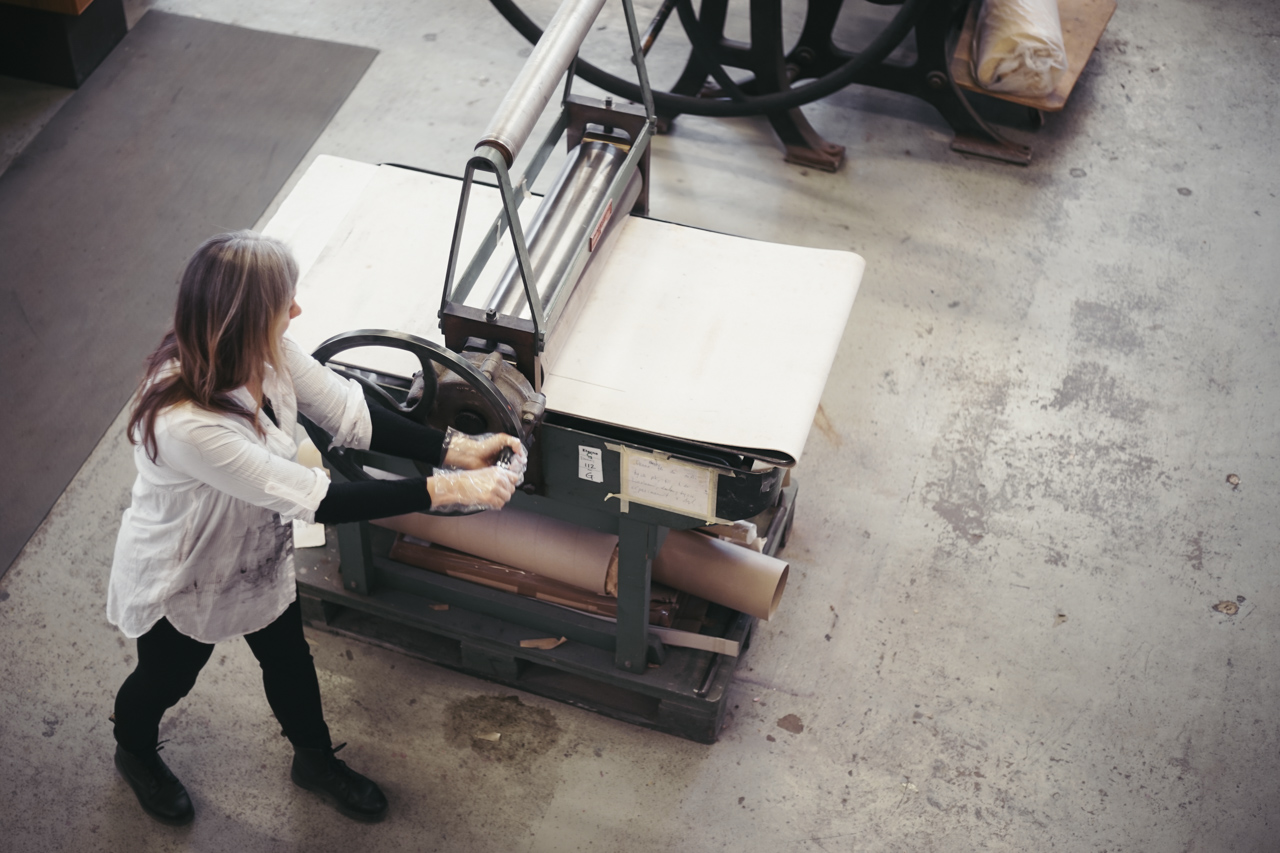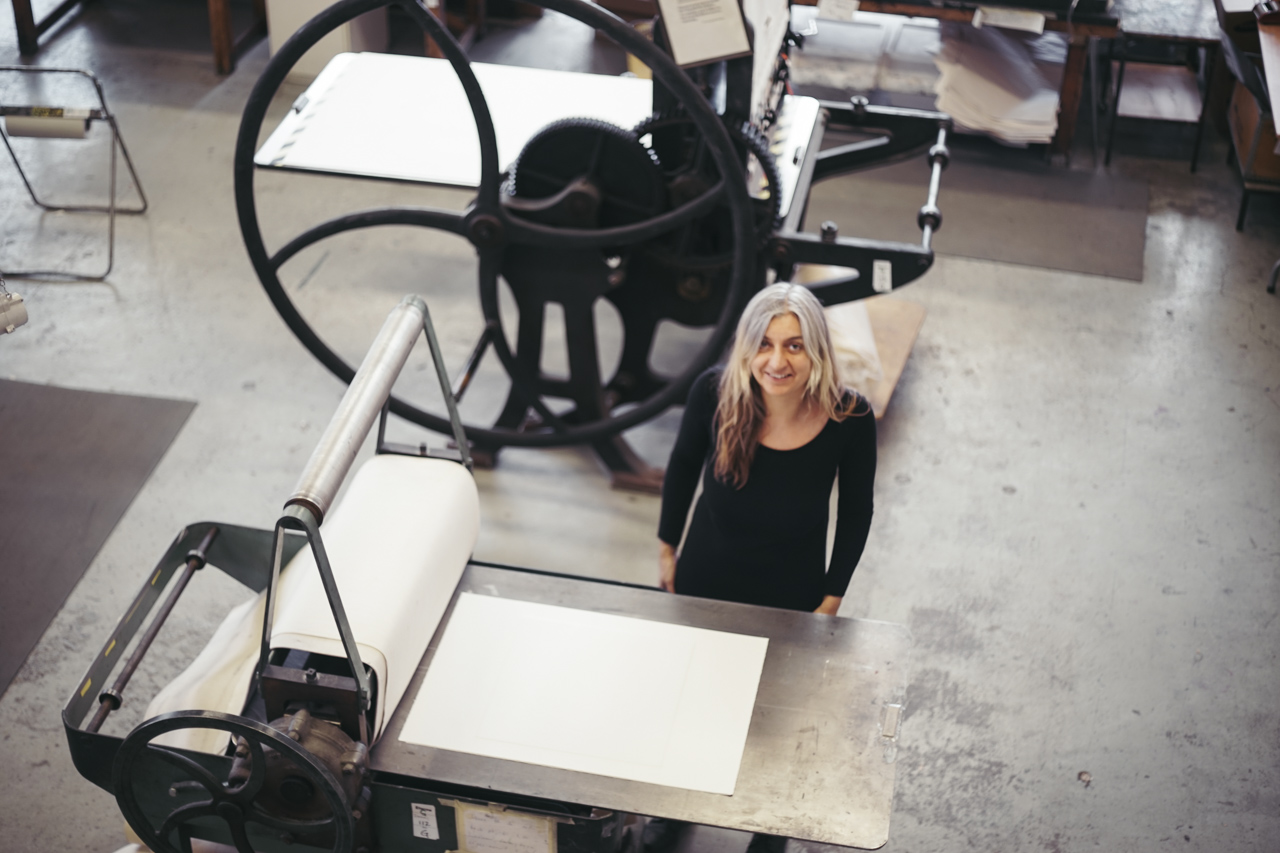Body Parts for Sale series: intro
Inspiration is an interesting subject. When working as an architect my creative process starts with visiting the building site. By walking around and engaging in the place and the surroundings I get a feeling for what I want to create. To explore that more or less subconscious feeling, the next step for me is to look at examples of already built buildings. Then I sit down with pen and paper and sketch. In the beginning the process fluctuates between seeking inspiration and sketching.
As an artist the process is different for me. It’s more like something that wants out through me. A very strong pull to turn that notion I have into physical reality. It is important not to censor or correct myself, just let the process flow freely.
how the series started
This series started in a different manner than the work I’ve done previously. It started a bit more like when I create architecture. It started with a clear source of inspiration. One afternoon in my kitchen while preparing snacks for my kids and listening to a podcast I had this really strong urge to learn more about the illegal trade in human organs. I started googling and listening to interviews on the subject. My mind swirled with new information and I knew immediately that I wanted to tell this story through my art.
I read books and the ideas formed and flowed out. For the first time I made small sketches of what I wanted to create. I knew I wanted the series to be made in the collagraphy technique. Linocut felt too sharp and black and white where as I was looking for grey scales and the blurred uncontrollable lines of collagraphy.
Much as the trade itself is.
I planned which materials to use to achieve what I wanted. Some of the ideas didn’t work out at all, some of them worked out exactly as I thought and some of them created a completely new artwork during the process.
During the coming months I will tell the story about each artwork in a blogpost. I will invite you to share the creative process with me as well as delve into the reality of how each particular organ is traded in our society. I don’t have any answers or aspire to change things in a certain way. I want to tell a story about something that is happening in our world today. A story that is white and black and full of grey. I want you to expand your knowledge and your view of the world. My dream is to raise questions in your mind and light a spark of creativity in your soul.
Are you ready to explore something new? Let us begin the journey.
introduction
Organ transplants are the miracle of modern medicine. Saving and prolonging lives ever since the early attempts of the 1950s. In 2016, over thirty three thousand organs were transplanted in the EU. And of all the EU, Sweden is the country where people are the most positive towards organ donation. Around 85 percent of swedes are willing to donate their organs after they die.
Most people would agree: being able to donate parts of yourself to save another human being is a beautiful thing. The very epitome of altruism.
The 1984 Organ Transplant Act stated that no organs could be sold, only given away for free under strict anonymity. But the same rules that were put in place to ensure a fair and ethical donation system are now an enabler of the illegal organ trade. Without transparency, a multi-million dollar black market is thriving where desperate people are being exploited for financial gain. It is estimated that around 10 percent of the world’s organ transplants originate on this black market.
Organ donation today is a moral grey zone. On the one hand a medical marvel that saves lives, and on the other a war with desperate people on both sides. People who choose between life and death. People who all believe they are doing the right thing.
Who are we to judge? How can we possibly know what’s right until we are in a situation where we desperately need a new kidney or heart to live. Or one where the money from an organ donation could take our family out of extreme poverty and suffering.
This exhibition explores the human body and it’s most desirable, most profitable parts. It asks the question:
What would you be willing to give up in order to save a life, yours or somebody else’s?
To explore more about Body Parts for Sale, visit my other blog posts in this collection
Body Parts for Sale Series: 01 Sperm
Body Parts for Sale Series: 02 Blood
Body Parts for Sale Series: 03 Kidney part 1
Body Parts for Sale Series: 04 Kidney part 2
Body Parts for Sale Series: 05 Womb
Body Parts for Sale Series: 06 Eggs
Body Parts for Sale Series: 07 Hair
Body Parts for Sale Series: 08 Children
Are you curious about the rest of the series? Join my community to be sure not to miss any part!
I would love it if you followed me on social media!






